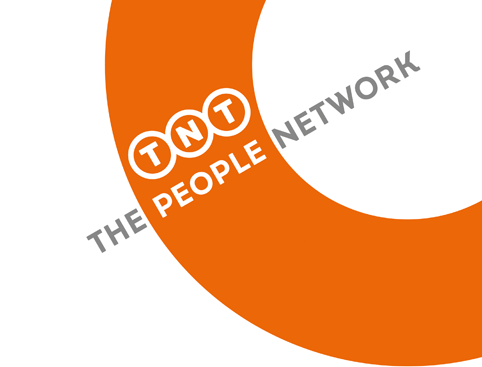 by Reneé Alexander
by Reneé Alexander April 6, 2009 issue
Even though it’s been on grocery store shelves for three decades, Loblaw Companies Ltd. is confident its no name brand is nowhere near its expiry date.
The Toronto-based grocery giant recently relaunched the iconic brand and its unmistakeable plain black printing on yellow packaging.
Company officials say the move was made to coincide with no name’s 30th birthday, and refocusing on a no-frills value brand at a time when the economy is in freefall is obviously prudent.
Three hundred products were repackaged during the first six weeks of the year—items such as bathroom tissue, macaroni and cheese, peanut butter, ketchup and canned tomato sauce—and another 2,600, including pet food, paper plates and cereals, will be recast in the old-is-new-again packaging throughout the rest of 2009. (When no name was first born, it had just 16 products.)
“Imagine going down a grocery aisle. There are so many colours. You’ll be able to spot no name almost immediately,” says David Primorac, Loblaw’s senior director of public relations. “We chose products that would be best suited to the economic conditions. We wanted to start with pantry items, everyday items.”
He says no name’s packaging changes every few years, and the company’s marketing department decided the time was right to go retro.
“We wanted to bring back the original color palette. It’s something recognizable and it’s easy for consumers. We’ve created a bit of a buzz around the packaging,” he says.
The brand has always been associated with the color yellow, and all packaging is primarily that color complemented by a simple graphical layout. Over the years, the packaging has become more detailed, utilizing a no name logo and photography of the product.
The company’s campaign includes advertisements starring CEO Galen Weston Jr. touting the money that can be saved by replacing national brands with no name ones in your shopping cart.
“We’re saying, ‘if you need to control your monthly expenses, you can do it on your grocery bill. Look to no name, you’ll find similar quality products that will save you money,’” he says, noting a shopping cart of no name products is about 20 percent cheaper than a cart of corresponding national brands.
“It’s also a call-out to our customers. We’re saying these are great, quality products. Why don’t you revisit what is considered the original economy powerhouse brand?”
Primorac says no name is being targeted to, well, pretty much everybody.
“People are price conscious, it doesn’t matter what their demographic or income level is. They’re paying attention to the financial situation in their own home. People who bought no name when it first came out, we think they’ll buy it again,” he says.
Loblaw is putting its money where its mouth is by offering a money-back guarantee on all no name products if customers aren’t satisfied with their quality.
Loblaw doesn’t release the recent marketshare figures of no name, but it’s generally considered to be between 10 and 20 percent of its sales. To give an indication of no name’s strength, one study showed Pampers used to have 85 percent market share before no name’s brand of diapers were launched. With the private label diapers on the scene, that number plummeted to 18 percent.
Raj Manchanda, a marketing professor at the I.H. Asper School of Business at the University of Manitoba, says many consumers will be willing to trade “down” to no name on products where there isn’t a lot of differentiation with national brands, such as pasta sauce, ketchup or dog food.
The funny thing is, many leadings brands and their generic versions are made by the same manufacturer, he says.
“Consumers may firmly believe (a particular) brand of dog food is the best because that’s the perception that has been created through marketing,” he says. “When price becomes so important, you’re willing to say, ‘maybe there isn’t any difference between apple juices.’”
Manchanda says he likes Loblaw’s strategy of adding a little bit of excitement and a retro vibe to the shopping process.
“Even though it’s not the most exciting packaging, it still breaks through the clutter and gets your attention. It reminds people about a value proposition,” he says.
Manchanda says no name carries some significant cachet with consumers because they believe its products sell at the lowest price possible. No name won’t, however, have the same kind of brand proposition with higher-end products, such as perfume, because of the image consumers want to convey.
“We buy perfume because it’s how we express ourselves and feel about ourselves. We’re making a personal statement,” he says.
Surprisingly enough, there may even be some snob appeal to no name products for consumers who want to be perceived as savvy shoppers.
“One of the reasons consumers use coupons isn’t just the savings but because they feel they’re smart and getting better prices than others. There could very well be an element of that (with no name),” Manchanda says.
Renée Alexander is a freelance business and lifestyle writer based in Winnipeg, Canada.













